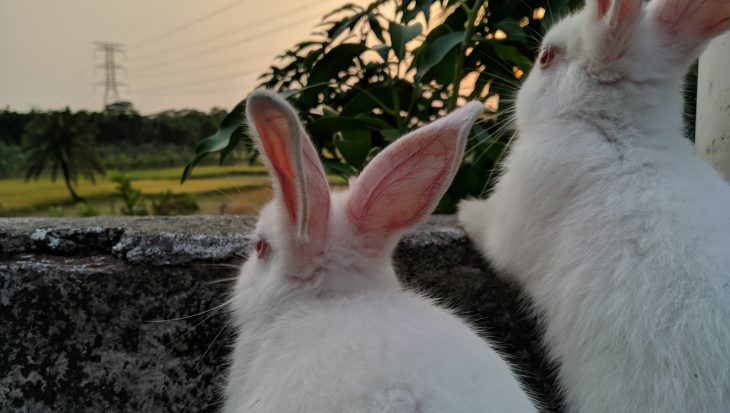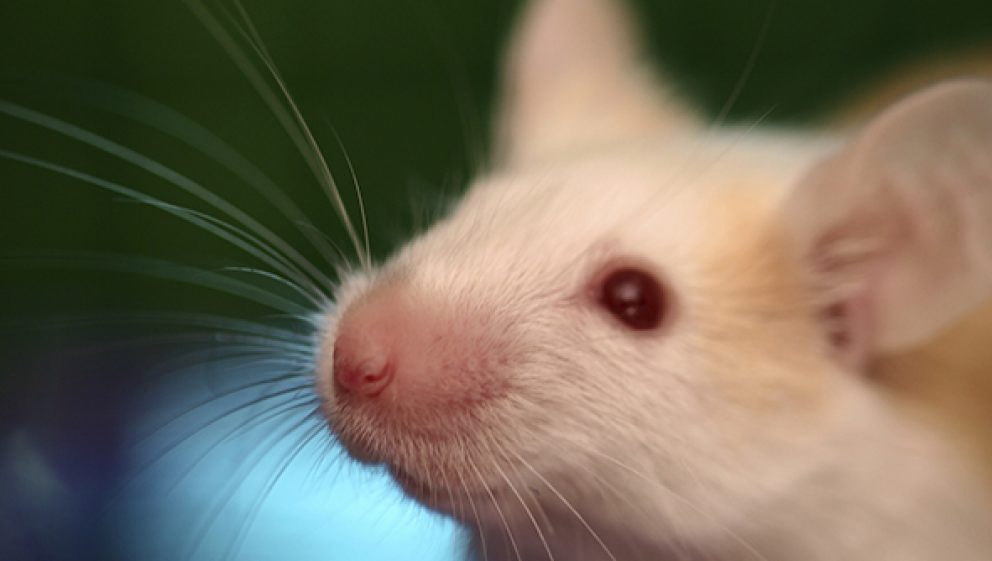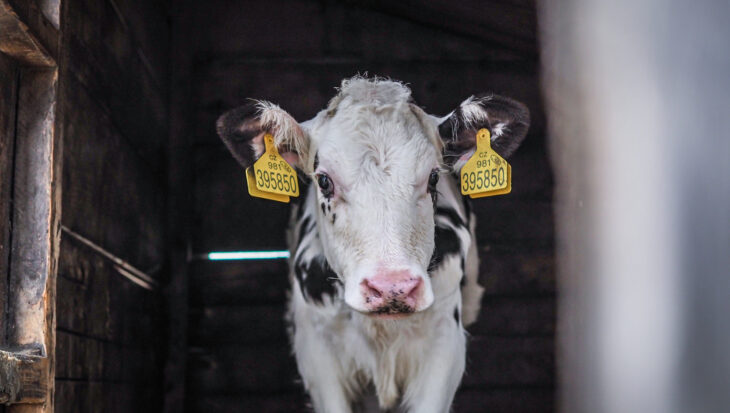The report, published on Wednesday 11th January, contains ‘Cases of non-compliance’ i.e. not complying with the Animals (Scientific Procedures) Act or with conditions of licences granted under the Act. These descriptions of the lives and deaths of animals are truly the stuff of nightmares. Animal Aid was horrified to read the report, which contains truly disturbing glimpses of how animals are treated inside laboratories.
We are consistently told that these laboratories have the highest standards in the world and that the staff genuinely care about the animals – the following examples paint a very different picture:
- A licence holder found a litter of ten new-born mice pups, bred unintentionally, so he tried to kill them by gassing them with a rising concentration of carbon dioxide. This is not an authorised method of killing, nor was it licensed. The pups were not killed properly and were found, the next day, still alive in a rubbish bag. (pg.39)
- An unknown number of new-born mice, one or two days old, were discovered to have been killed by freezing, rather than a prescribed method. The technicians who did this thought it was more humane than the prescribed methods. The number of pups killed and the dates they died were not known as these details were not individually recorded in the records. (pg.44)
- Despite the licence stipulating that if there were any issues with the attachment of the head implants in two mice, the mice should be killed, when the implants ‘were lost’ two licence holders tried to surgically close the wounds which were left. Despite appearing to recover uneventfully from the anaesthetic, one animal was found dead the following morning. (pg.45)
- A licence holder did not provide food to a cage of ten mice, leading to the animals cannibalising each other. Upon discovery, only five were still alive and another was promptly killed; the other four, despite feeding, were killed later on welfare grounds. It was discovered that the animals had not been fed for two to four days, even though the person responsible had signed the daily record book to state that the animals had been fed. (pg.48-9)
- A cage of four sick mice was discovered – one died immediately and the others were killed. There was no food in the cage, and this may have been the case for five days, since a routine cage change. Despite four different technicians checking the mice daily, none had noticed the lack of food or the deteriorating condition of the animals. (pg.49)
- A licence holder was supposed to kill some rats via cervical dislocation and then confirm death by severing the femoral arteries. This second, mandatory, step was not conducted and two rats were found alive in a waste bin three hours later. (pg.51)
- Twenty-six mice were being exported and were placed in 15 unsuitably small containers to move them. Thirty minutes later, when the animals were being transferred to transport boxes, 7 were already dead and 19 were in such a state of distress due to a lack of oxygen that they were immediately killed. (pg.52)
- Whilst harvesting tissue from a mouse which was supposed to be dead, the animal was seen to be breathing by the named veterinary surgeon when they entered the room. The animal was then killed. (pg.52-3)
- A licence holder thought they had killed three mice by bleeding them under anaesthetic and then completing the death by breaking their necks. The mice were taken for tissue harvesting and then it was seen that only one mouse was dead – one still had a beating heart and one recovered consciousness and moved. The mouse who moved had undergone a laparotomy (surgical incision in the abdomen) and so had been exposed to significant suffering. (pg.55)
- Four mice were discovered, drowned, in a water-logged cage. This was due to a water leak, and although the technician checked the cage rack, they did not check the affected cage. The cage was not checked for another two days – the dead mice were found four days after the leak occurred. (pg.55)
Animal Aid has long contended that not only is animal research scientifically flawed, but that it is also morally reprehensible. The examples above, which are by no means all of the infringements in the report, paint a picture of neglect, routine corner-cutting and carelessness, with animals paying the ultimate price.
Says Animal Aid’s Anti-Vivisection Campaign Manager, Jessamy Korotoga:
‘Time and time again, Animal Aid has been told that animals in these establishments are looked after carefully and conscientiously – the examples in ASRU’s own report show that this assertion is untrue and that animals are paying for slapdash attitudes with their lives. This is wholly unacceptable.
‘If members of the public treated animals in these ways they would, quite rightly, be condemned and prosecuted. Those inside laboratories, perpetrating the same acts get away with a letter of admonition, re-training or having their licences revoked.’
Notes to editors
- The ASRU annual report is usually published in July, on the same day as the ‘Annual Statistics of Scientific Procedures on Living Animals’. Read the full report.
- The ‘Annual Statistics of Scientific Procedures in Living Animals – Great Britain – 2015’ revealed that more than 4 million animals were used, for the first time, in experiments. This figure included more than 3 million mice.
Order an End Animal Experiments action pack


